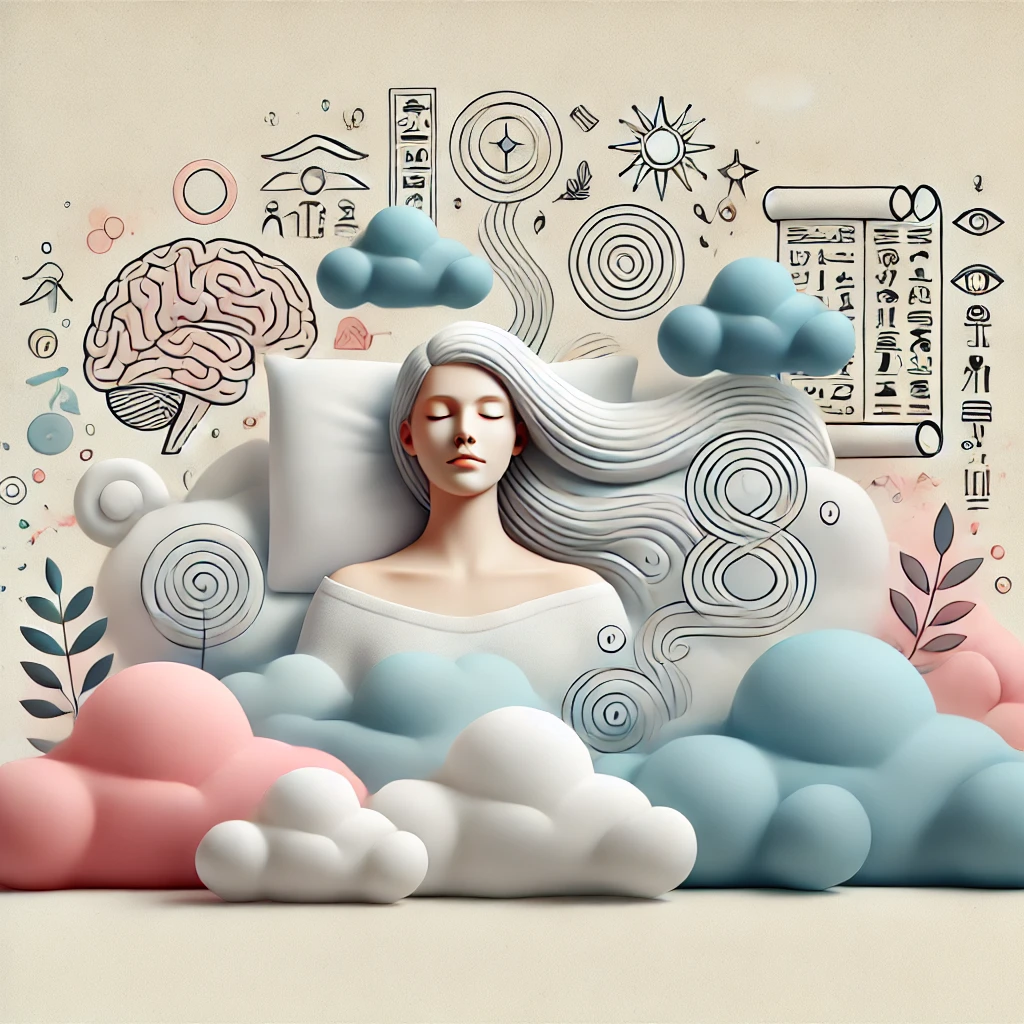"Now Allah has created the dream not only as a means of guidance and instruction, I refer to the dream, but he has made it a window on the World of the Unseen." - Mohammed, the Prophet
Ancient art and literature are filled with references to dreams, spanning millennia. For thousands of years, dreams have been attributed with supernatural or prophetic significance by the majority of the world’s spiritual traditions. Notably, the Bible makes it abundantly clear that dreams are divine messages, a belief shared by ancient Egyptians, Greeks, and Romans, who also believed in the healing powers of dreams.
Certain cultures, such as the Australian Aborigines and many African and Native American tribes, have always seen dreaming as a way for individuals to tap into the collective spirit memory. Even today, dream sharing plays a vital role in societies where tribal members gather to interpret dreams. The Inuit of Hudson Bay in Canada hold a different perspective, believing that when a person falls asleep and dreams, their soul embarks on a journey.
The Egyptians are credited with developing a system of contrary dream interpretation, where a positive dream predicts misfortune, and a nightmare portends an improvement in waking fortunes. They produced the earliest known dream dictionary, approximately 4,000 years ago, known today as the Chester Beatty Papyrus, housed in the British Museum.
It was the ancient Greeks who first proposed the theory that dreams emanated not from external, divine sources but were internal communications or expressions of the divine spark within. Plato suggested dreams were manifestations of hidden desires, while his pupil Aristotle speculated that dreams shared common themes and were not divine oracles but coincidences. The 'father of medicine,' Hippocrates, proposed that dream symbols reflected the dreamer’s physical state, serving as valuable diagnostic tools.
The first dedicated dream researcher to focus on dream symbols and themes was Artemidorus, a Roman living in Greek Asia Minor (AD 138-180). He wrote a book on dream interpretation that remains in print. For Artemidorus, dream symbols had predefined meanings, but their personal significance to the dreamer and their unique circumstances were paramount.
In much of Europe, early Christians revered dreams for their spiritual significance, but the restrictive influence of the Roman Catholic Church halted most dream interpretation attempts. By the fifteenth century, dreams were considered insignificant, and even a century later, Shakespeare dismissed them as 'children of the idle brain.' This perspective persisted into the eighteenth century, where dreams were still deemed meaningless.
In the early nineteenth century, as the Church's influence waned, the German Romantic movement, in their pursuit of spontaneous expression, rediscovered the potential of dreams. This marked the revival of interest in dream interpretation, with the publication of popular dream dictionaries like Raphael’s Royal Book of Dreams (1830). This set the stage for Freud and Jung, two men who continue to exert the most profound influence on modern dream interpretation.
[1]
